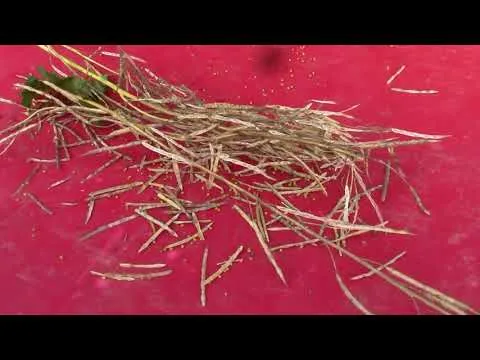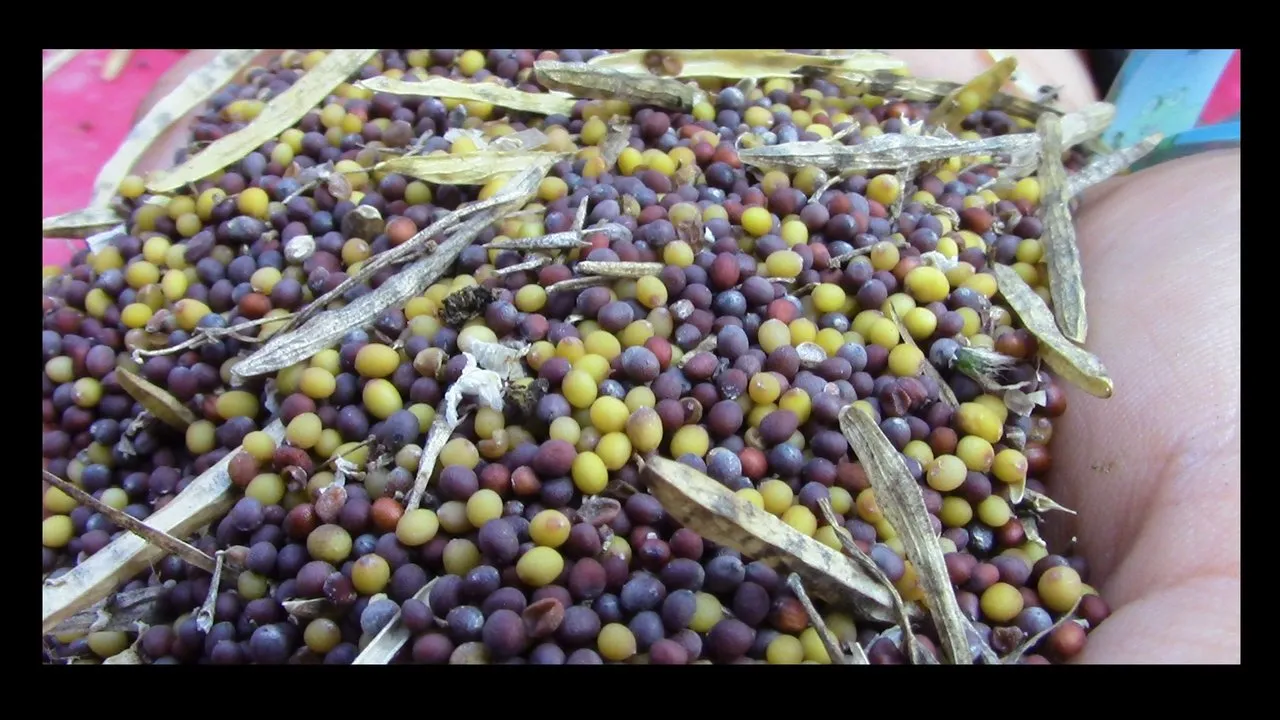
Saving seeds, a rewarding chore.
Part of the work on the homestead, or for any serious gardener, is the task of saving seeds. Many people grow some of their own food because it is more cost effective than shopping, and saving your own seeds makes it even more financially beneficial. In this video, I share about the basic process that we use to save seeds for our Mustard Greens.

STEEMIT SEED SAVERS - MUSTARD GREENS

THE PHOTO HOW TO

Deep in our jungle of a garden, there are actually some plants that produce food. Early on this year @papa-pepper was gone working way too much to be able to successfully plant and weed the garden like I should have. However, we had plenty of volunteer plants sprouting up on their own, and Mustard Greens were among those who reseeded themselves from last year.
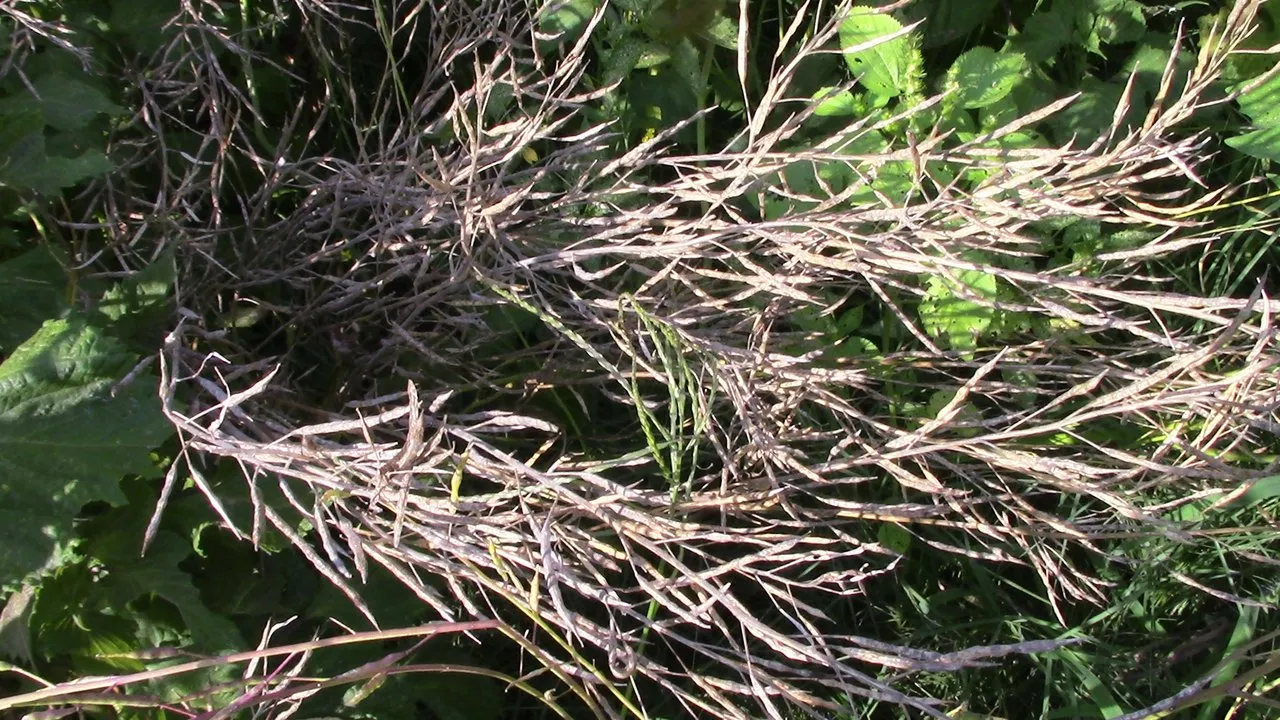
Once Mustard Greens go to seed, they produce a tall, slender shoot with many elongated seed pods growing off of it. It is green at first, but then dries to a light brown. Inside these elongated seed pods is where the seeds form. Once the stalk is dry, it can be broken off and removed.
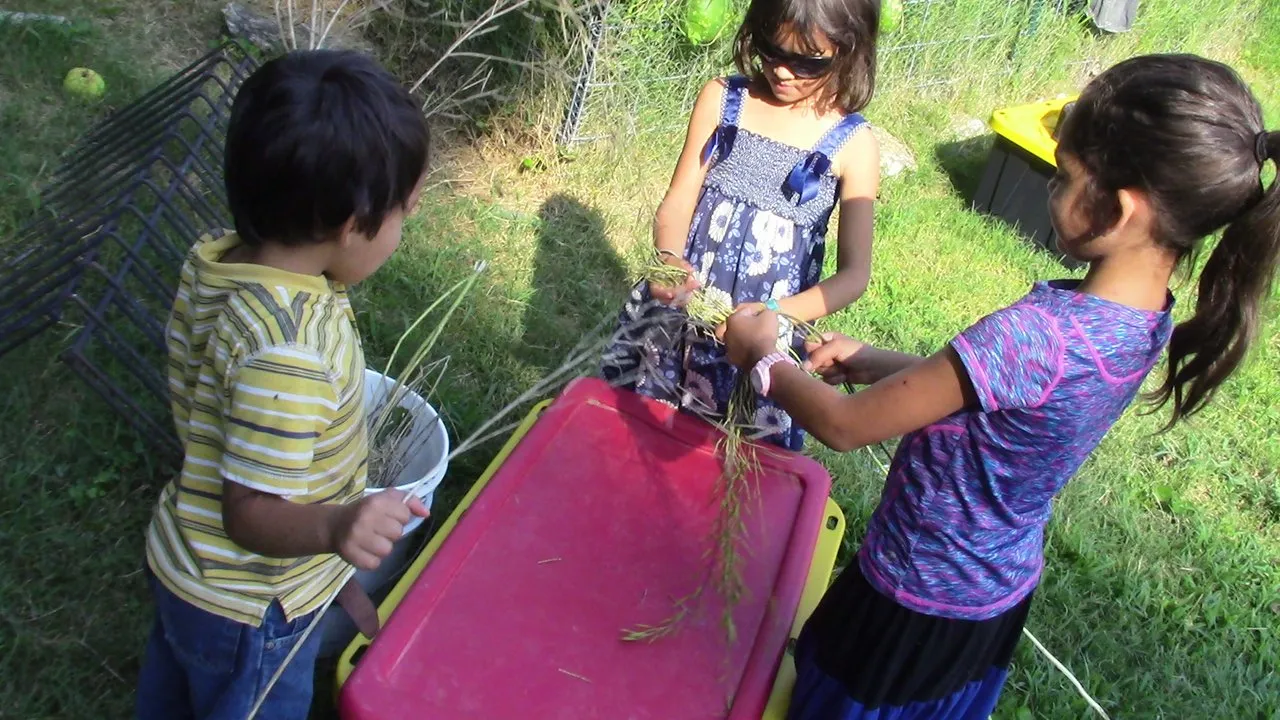
By crumbling and twisting the dried stalks, the seeds can be removed. Here the @little-peppers are hard at work removing the seeds from the pods. We like to use a large plastic cover of some sort to let the seeds fall on, but a fabric sheet would also work well.
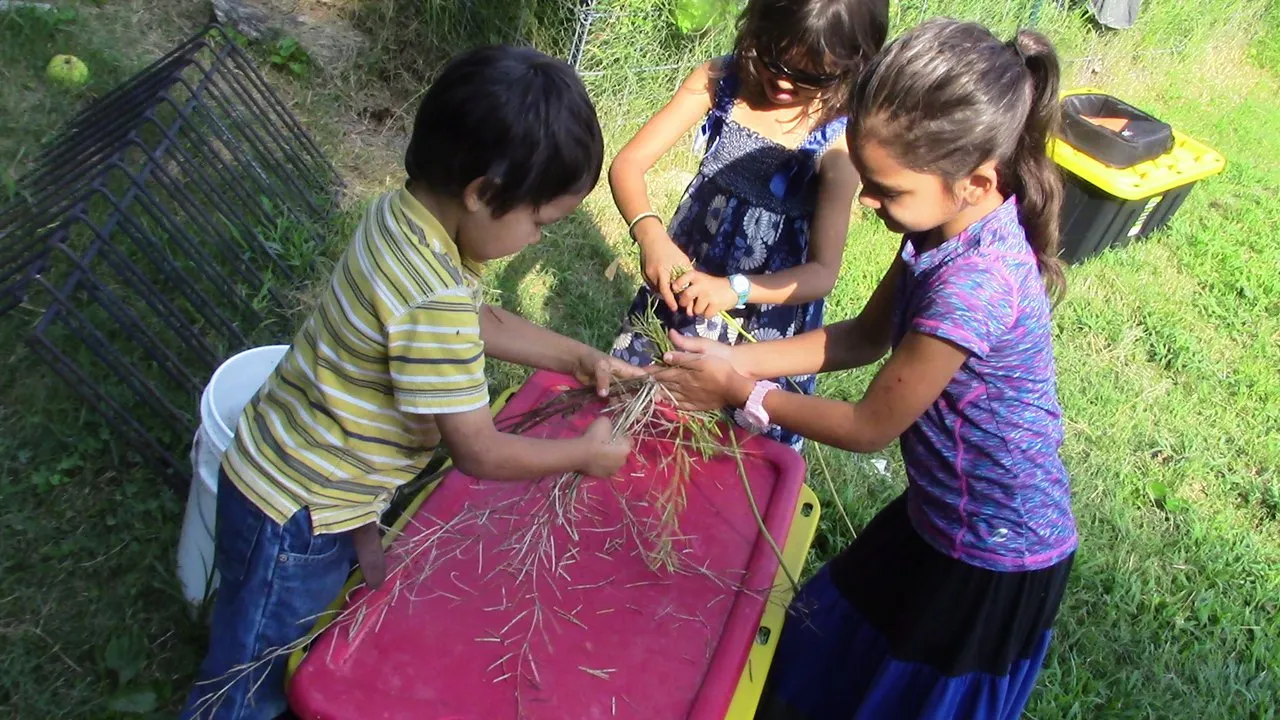
It can be a bit of a chore to twist, turn, and bend the stalks enough to get the majority of the seeds out, but you can literally hear your success when the seeds are falling onto a hard surface.
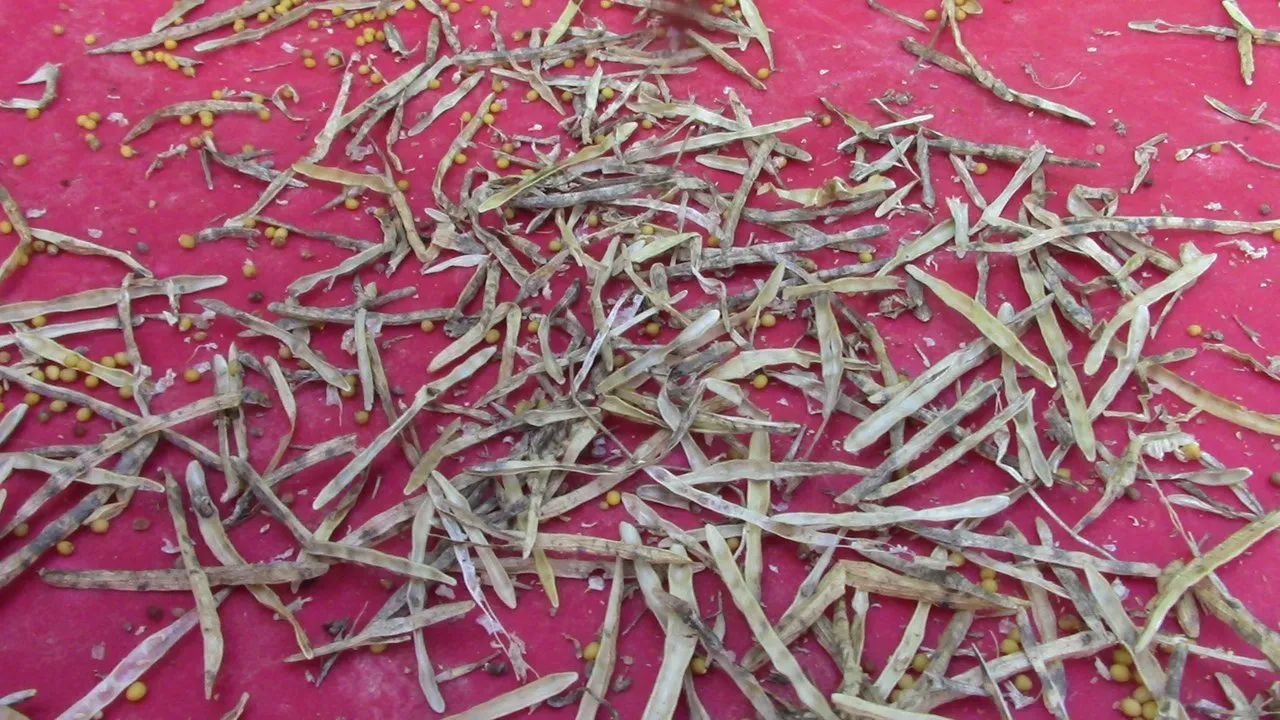
Tons of tiny little brown and tan round seeds drop onto the cover, and a lot of dried husks of the seed pods do too.
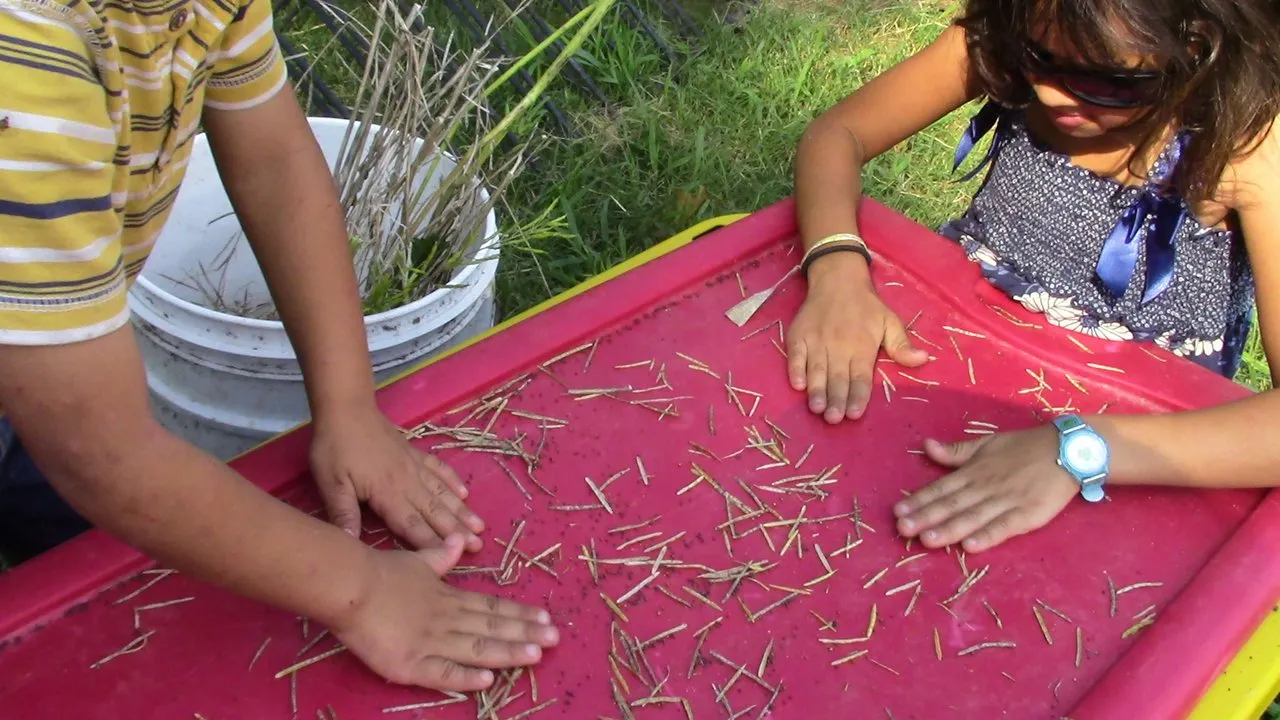
A variety of methods exist from separating "the wheat from the chaff." We usually just spread them all out and then tilt the cover. The heavy seeds are more likely to roll down to the lower end of the cover, and the fact that they are round helps a lot too.
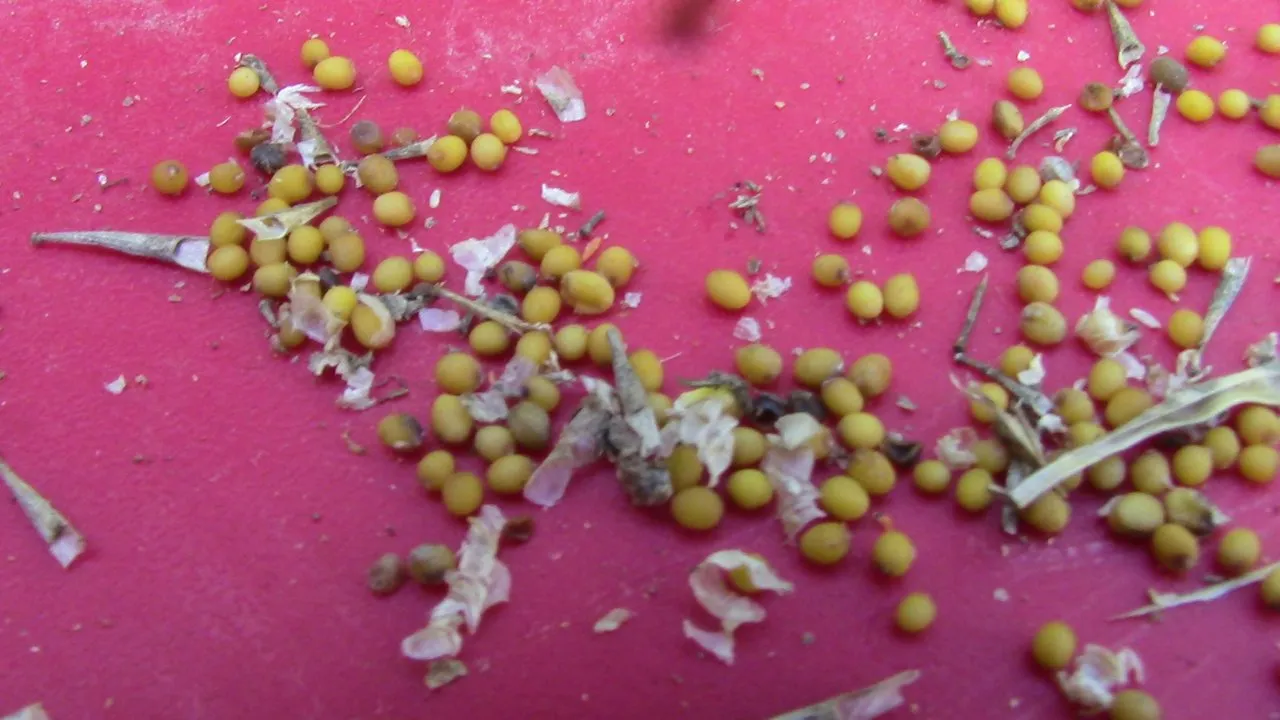
It is such a blessing to have round seeds at a time like this! If we were doing this job on a sheet, we would all hold a corner and gently toss them into the air. The breeze would take the lighter and larger dried husks away while the denser seeds would fall back to the sheet.

Here you can see that a good amount of tiny seeds rolled to the edge in front of Monster Truck the Pepper. Not only is this job so easy that even children can do it, it is a good life skill for them to learn. Though they could purchase a packet of seeds for Mustard Greens at the store for only a dollar or two, it is nice to know that you never have buy seeds for them again if you don't want to. Plus, every dollar saved is two dollars that you don't have to earn, since you don't pay taxes on money you don't make.
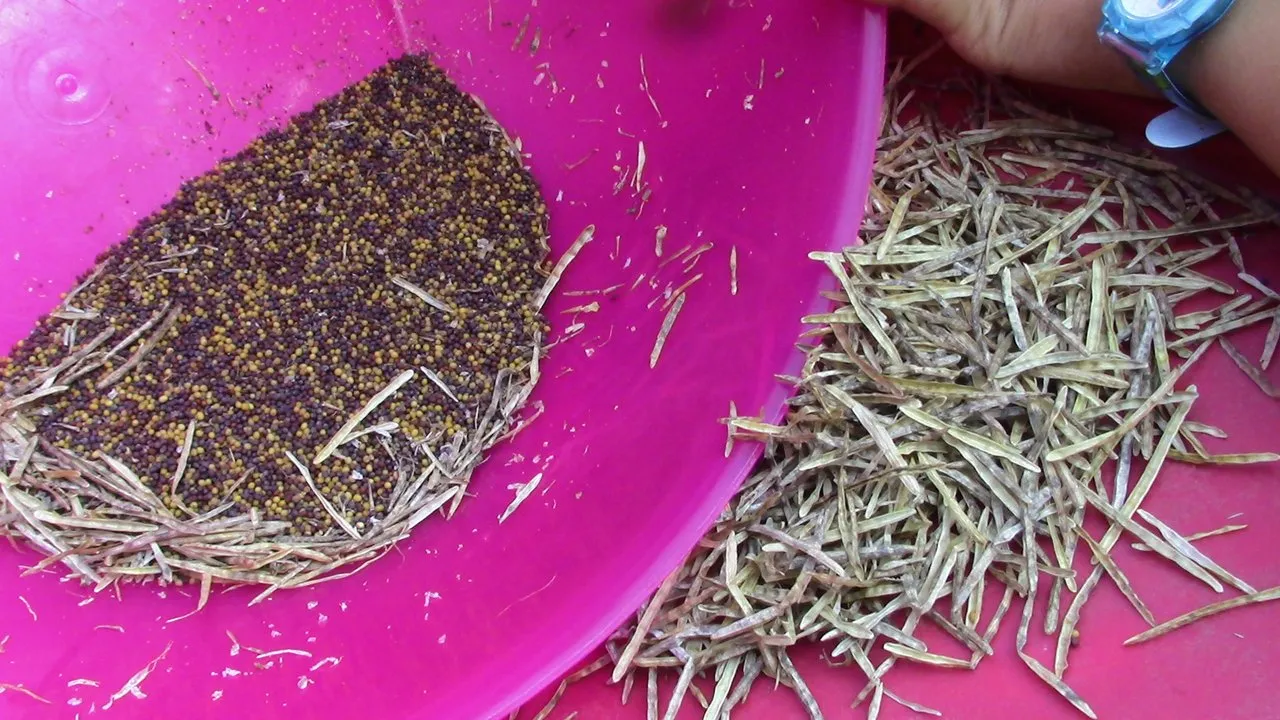
This small pile here contains way more seeds than we would plant in a year. This gives us the opportunity to share some seeds, sell some seeds, or save the unplanted seeds for the following year. Additionally, these are Mustard seeds, so we could experiment with making our own spicy brown mustard or use them as a spice in cooking and canning.
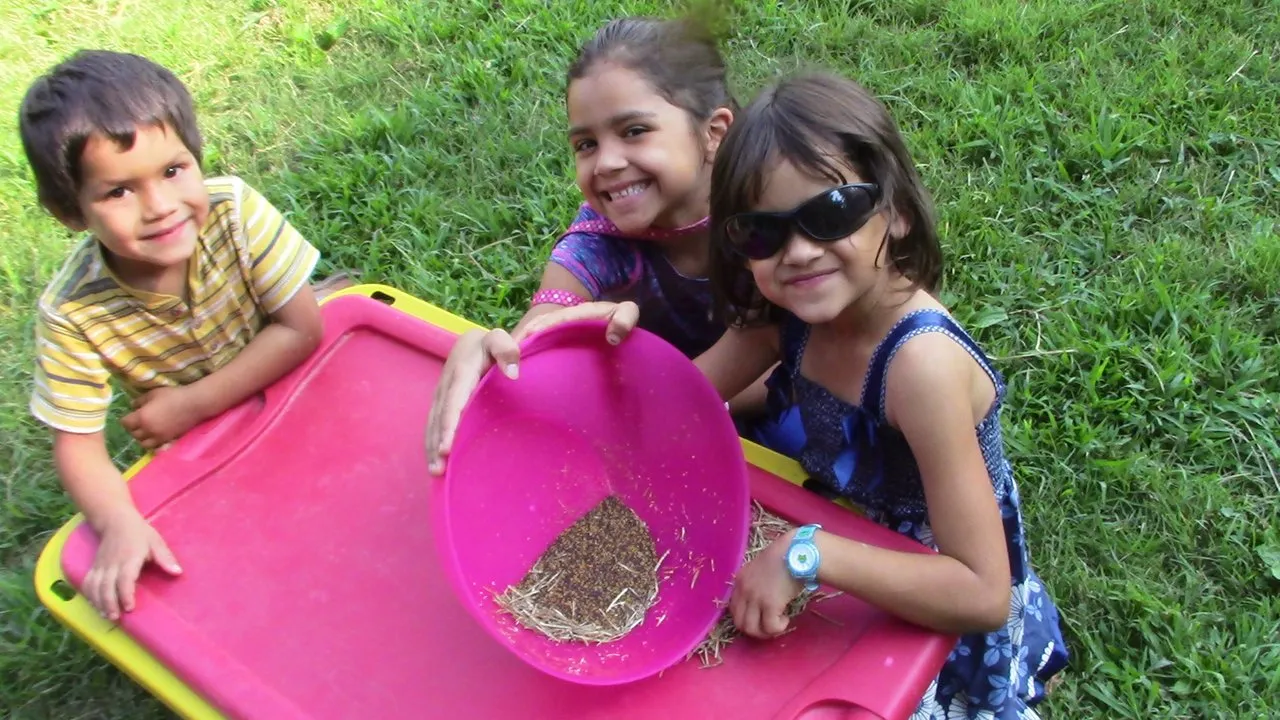
Photos like this make me very glad as a parent. These @little-peppers just spent some good time working on a real job to help our family, and at the end of the job, they are all smiles. Sure, they could have spent that same amount of time in front of a television or playing a video game, but we prefer to invest our time. It is limited, so we like to utilize it wisely.
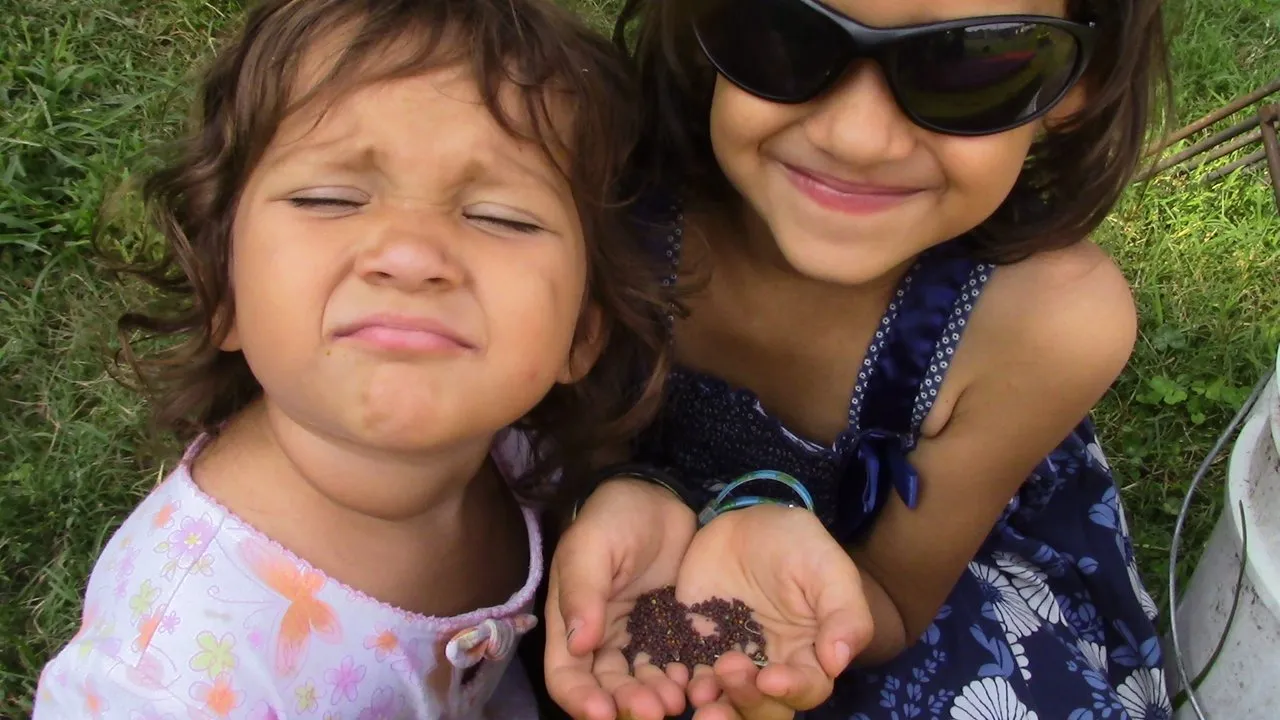
Every tiny bit that little ones can pitch in on projects like this is a blessing to our family. Some say that "many hands make light work," and we certainly have many hands.
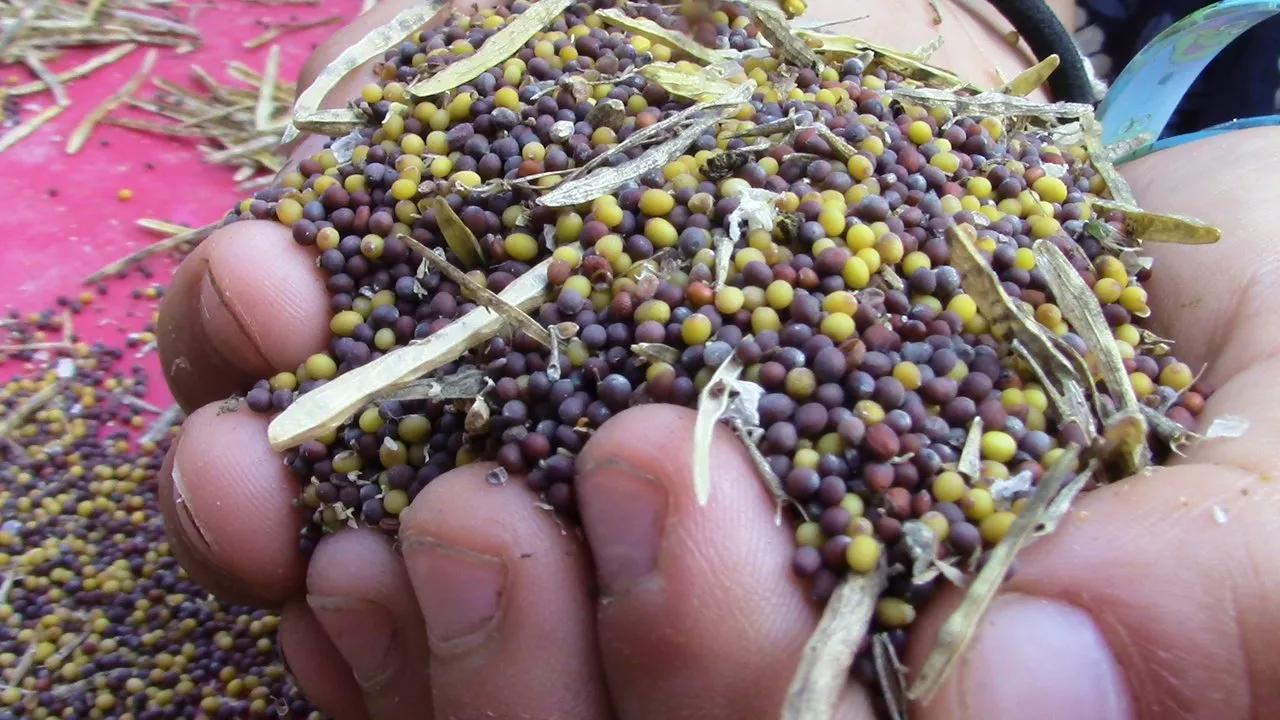
To store them for the winter, we usually let them dry out for a few more days. Any moisture in the seeds could cause mold or rot, and spoil the whole batch. After a few extra days of drying, we either put them in a jar or a sealed bag, and store them in a cool, dry, dark place. This helps make sure that the seeds will be as good as possible when we want to plant them in the spring.

As always, I'm @papa-pepper and here's the proof:
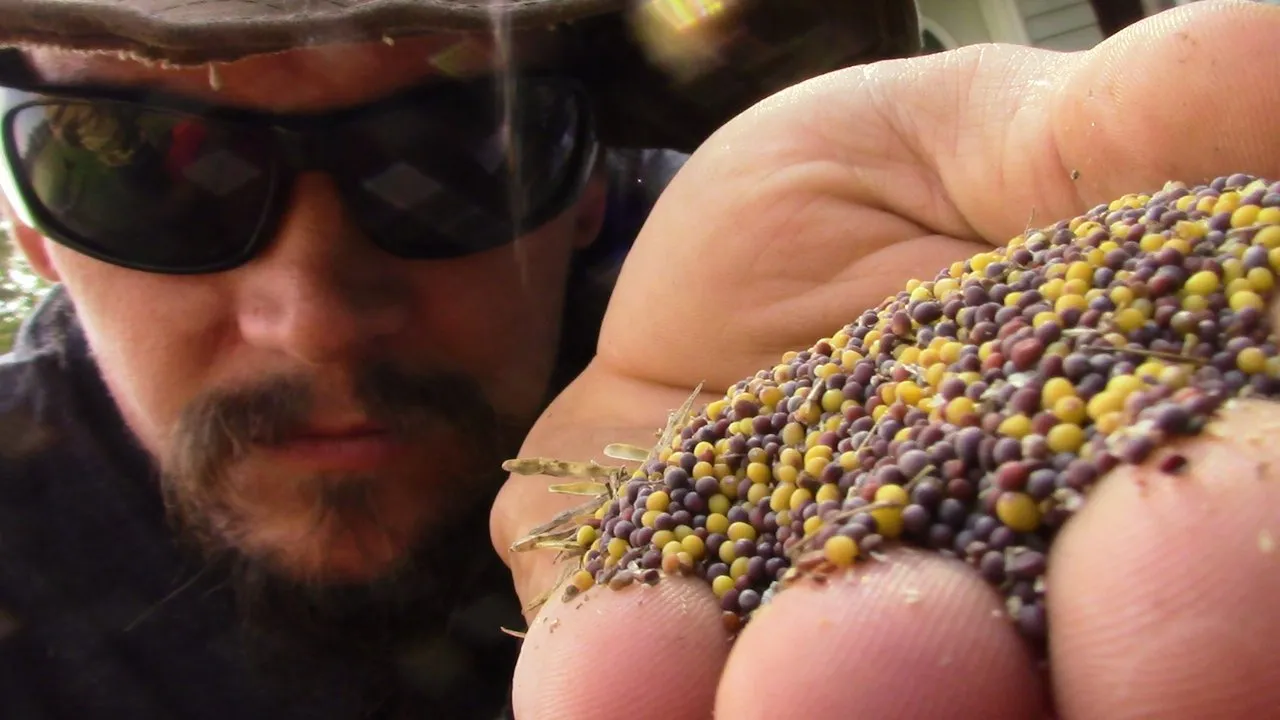
proof-of-saved-mustard-greens-seeds
Until next time…
Don’t waste your time online, invest it with steemit.com


